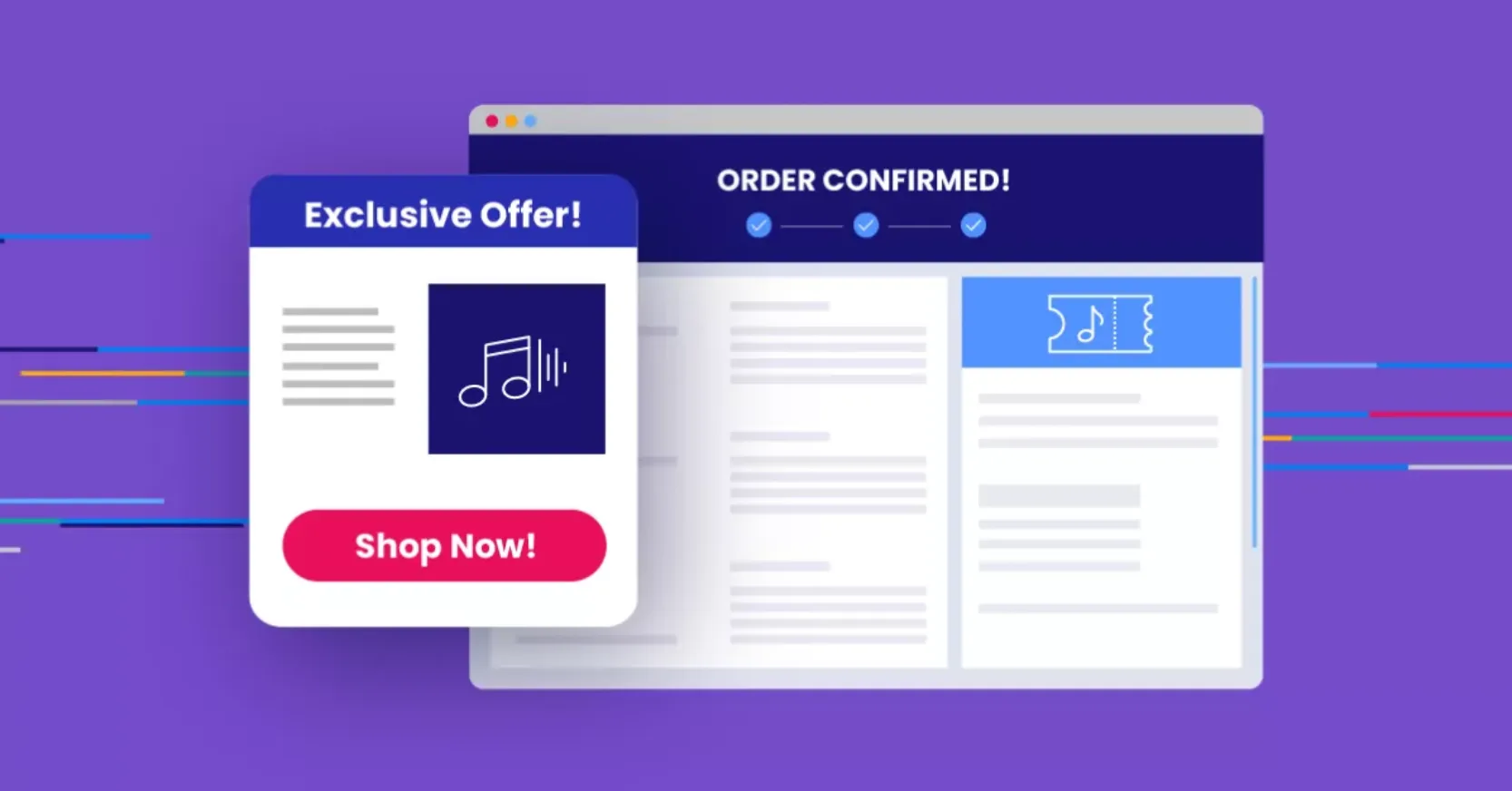
Customer Journey
Marketers are constantly searching for innovative ways to enhance the customer journey and drive brand loyalty. With the rise of digital advertising, the post-transaction phase has become a critical opportunity for brands to further engage with their customers and drive incremental revenue. This article aims to explore the concept of customer journey as it relates to loyalty marketing within the eCommerce industry, with a focus on the potential of post-transaction advertising solutions to elevate the overall customer experience and cultivate brand loyalty.
The customer journey encompasses every interaction that a customer has with a brand, from initial awareness to post-purchase engagement. Each touchpoint in this journey presents an opportunity for marketers to create meaningful experiences that delight customers and foster long-term loyalty. Loyalty marketing, in particular, focuses on rewarding and retaining existing customers, ultimately driving repeat purchases and advocacy. Understanding the customer journey is crucial for developing effective loyalty marketing strategies, as it allows brands to identify opportunities for engagement and tailor experiences to meet the evolving needs and preferences of their customers.
Customer Journey in eCommerce
In the context of eCommerce, the customer journey typically consists of multiple stages, including product discovery, consideration, purchase, and post-purchase engagement. Each stage presents unique challenges and opportunities for marketers to connect with customers and guide them towards making a purchase. Post-purchase engagement, in particular, has emerged as a pivotal phase in the customer journey, offering brands a chance to solidify their relationship with customers and drive repeat business.
Challenges in Post-Purchase Engagement
While many brands focus heavily on acquiring new customers, retaining and nurturing existing customers is equally important. However, driving post-purchase engagement can be challenging, as customers may experience buyer’s remorse or disengage after completing a transaction. Additionally, traditional marketing strategies often overlook the post-transaction phase, leading to missed opportunities to reinforce brand affinity and drive additional revenue.
The Role of Post-Transaction Advertising in Loyalty Marketing
Post-transaction advertising solutions, such as Fluent’s post-transaction advertising solution, offer a compelling opportunity for brands to enhance the post-purchase phase and drive incremental revenue. By enabling personalized offers at the moment of purchase, brands can seamlessly integrate targeted promotions and rewards into the checkout experience, capturing customers’ attention at a critical touchpoint.
These solutions empower brands to expand their acquisition strategy by enticing customers to make additional purchases or engage with complementary products or services. Additionally, publishers can tap into new revenue streams by partnering with brands to deliver relevant offers to their audience, creating a mutually beneficial ecosystem that enhances the overall customer experience.
Benefits of Post-Transaction Advertising
Implementing post-transaction advertising solutions can yield several benefits for brands and publishers alike. From a brand perspective, these solutions can lead to increased customer engagement, higher average order values, and improved customer satisfaction. By delivering personalized offers at the moment of purchase, brands can create a seamless and value-added experience for customers, driving loyalty and repeat purchases.
For publishers, post-transaction advertising presents an opportunity to diversify their monetization strategy and generate incremental revenue. By integrating relevant offers into the checkout experience, publishers can provide added value to their audience while unlocking new sources of income. Furthermore, these solutions enable publishers to deliver highly targeted and contextual offers, enhancing the overall relevance of their advertising efforts.
Enhancing Customer Experience and Driving Loyalty
Ultimately, the integration of post-transaction advertising solutions into the customer journey holds the potential to transform the post-purchase phase into a key driver of customer loyalty. By leveraging personalized offers and promotions at the moment of purchase, brands can create a memorable and value-driven experience for customers, fostering a sense of loyalty and satisfaction. Moreover, the ability to deliver tailored offers based on customer behavior and preferences enables brands to build deeper connections with their audience, driving long-term loyalty and advocacy.
Furthermore, the seamless integration of post-transaction advertising solutions enhances the overall customer experience, making the checkout process more engaging and rewarding. By delivering relevant offers that align with customers’ interests and purchase history, brands can demonstrate an knowing of their customers’ needs and preferences, solidifying their position as a trusted and customer-centric brand.
In the end
The customer journey within the eCommerce industry is a dynamic and multifaceted process that presents countless opportunities for brands to drive loyalty and long-term customer value. Post-transaction advertising solutions, such as Fluent’s offering, represent a powerful tool for enhancing the post-purchase phase and maximizing customer engagement. By seamlessly integrating personalized offers and promotions into the checkout experience, brands can drive incremental revenue, strengthen customer loyalty, and deliver a truly memorable and value-added customer experience.
As the eCommerce landscape continues to evolve, the ability to optimize the customer journey through personalized and contextually relevant experiences will be a crucial component of successful loyalty marketing strategies. By embracing post-transaction advertising solutions, brands and publishers can elevate the customer journey, drive loyalty, and unlock new avenues for revenue generation.